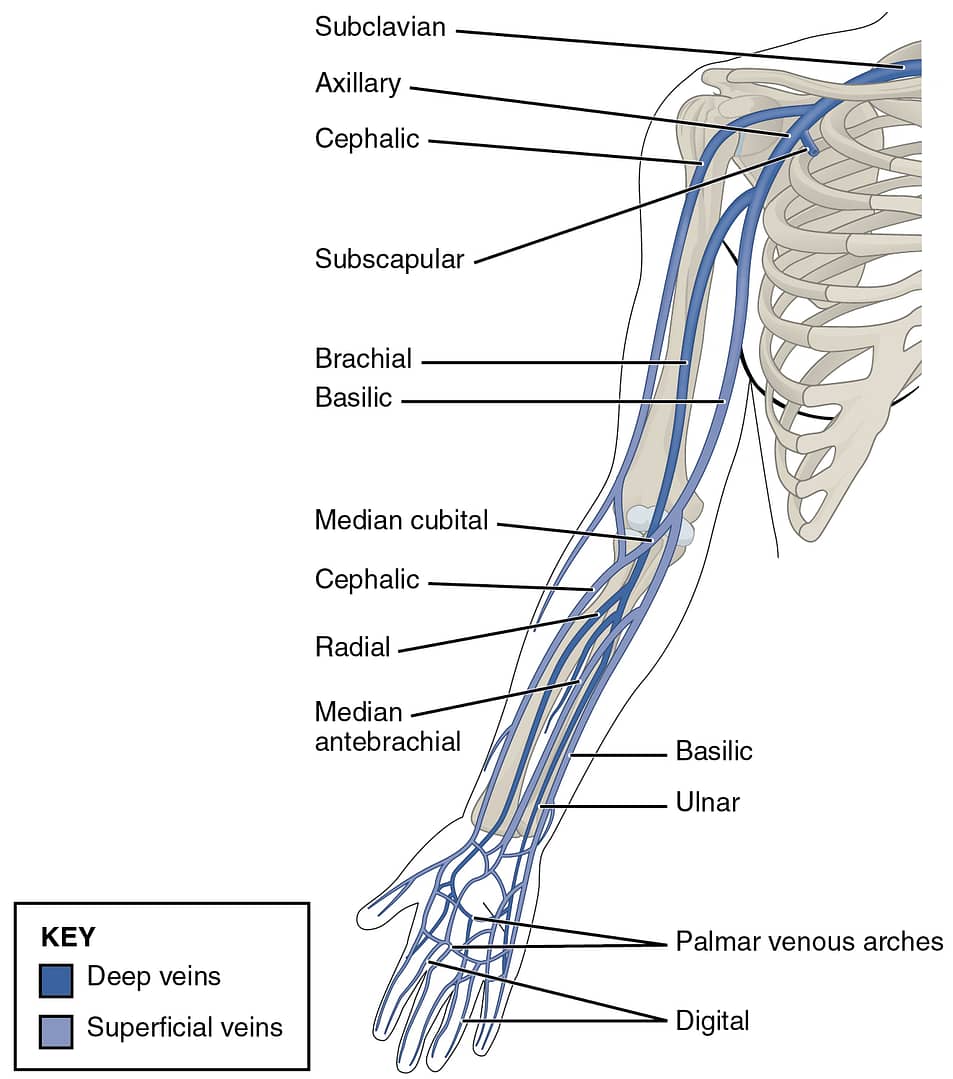Anatomy is a subject which has the potential to be a headache to most of the medical students. I even felt that anatomy faculties take it as a credit when students say that Anatomy is a difficult subject. It is such a subject where your memory will be pushed to its limits. Even those muscles which don’t serve a considerable function in the body can put your exam results at stake.
The causes for this scenario are many. Most of the time, without giving a proper overview of the section, the lecturer starts his/her session which narrows down the level of understanding of the students. If students don’t understand the purpose of learning this topic, how can one expect to reproduce the topic in a sheet during exams? The questions asked in Anatomy exams are usually predictable for those who passed the exams, not to the ones who are learning it right now. I have listed out the important portions of upper limb here. I hope it will be useful for the first year students.
Bones, Muscles and Nerves
All the bones of upper limb are important as far as the exams are concerned. Clavicle, humerus, radius, ulna and wrist bones, you can’t leave anything. Learn to identify the bone, hold it in anatomical position, the attachments of muscles and peculiar features. Clavicle is the first bone to start ossifying and the last one to finish ossification. Similarly learn one or two peculiar features about each bone. Shoulder joint and elbow joints are potential trouble makers. Even if you can’t identify the wrist bones, at least memorize their names by some mnemonic. Some examiners are fond of asking Cole’s fracture, Smith’s fracture, Saturday night palsy etc. Whenever you learn a joint, along with that learn the muscles which bring out movements in that joint.
Brachial plexus is a long answer question and I liked that question very much because it is an easy question to score well. The diagrams are easy to draw. Some examiners ask Erb’s plasy as the main question and ask you to draw brachial plexus as a sub question. Nerve supply and root values of each nerve is important and some crazy examiners even ask the ossification centers of each bone. Dermatome distribution is a good to know topic and it will be helpful when you study neurology in further years.
Pectoral Region
Pectoralis major as its name suggest is the major muscle of this region and I was asked many times to demonstrate how its action is being tested in a dummy patient. Brest and lymphatic supply is a possible ten marks question. Also learn two to three points regarding skin changes of breast cancer and its relation with lymphatics. Another question that would have reduced my viva score was clavipectoral fascia and the structures that pierces through it. I couldn’t answer that question even a single time even though I faced it many times.
Arm and Scapula
Scapula will be asked from head to toe in osteology viva but not usually asked for theory exams. Anastomosis around scapula is the only possible question from that region. Shoulder joint was the first long answer question I faced in anatomy and I didn’t write well that time and of course I failed in that exam. Whenever you describe shoulder joint, make sure that you write about type, articular surfaces, capsule, synovial membrane, ligaments, relations, movements and muscles involved, blood supply and nerve supply of that joint. Understand rotator cuff well when you read shoulder joint.
Axilla, Cubital Fossa and Fore arm
Anything which has the prefix ‘axillary’ is important which includes the boundaries of axilla, axillary artery and vein, axillary lymph nodes etc. Cubital fossa and anastomosis around elbow joint did trouble me a few times. Students are expected to say the muscles of common extensor and flexor origins without a pause when they sit in the hot seat of via voce. Ulnar paradox, wrist drop etc. are the important clinical questions.
Wrist and Hand
Carpel tunnel syndrome is as frequently asked as your name while taking the attendance after the classes. The cross section of wrist will check the Leonardo da Vinci in you. Anatomical snuff box never usually doesn’t cause ecstasy but will definitely cause headache. Lumbricals and interosseous muscles are small but don’t underestimate them. They can cause serious damage in your viva but as far as theory exams are concerned, they are inert.
Do learn the surface markings of cephalic and basilica veins, axillary artery and vein, axillary nerve and radial artery.







